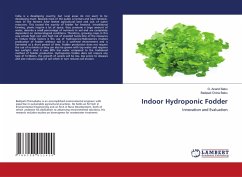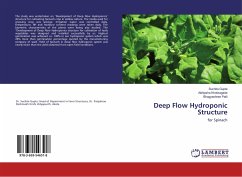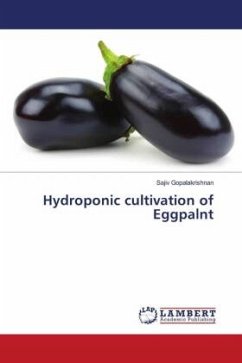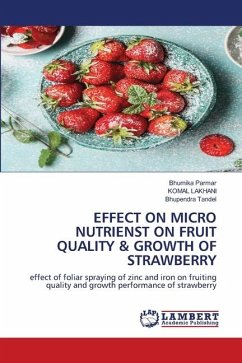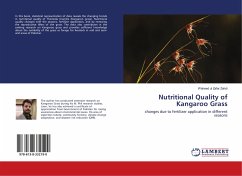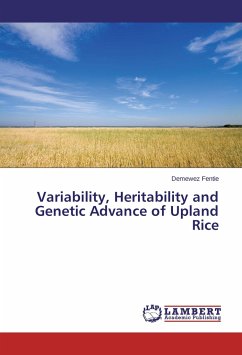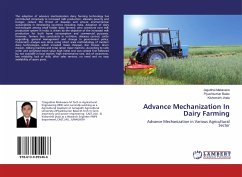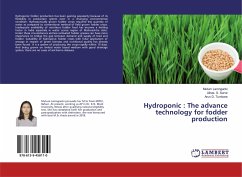
Hydroponic : The advance technology for fodder production
Versandkostenfrei!
Versandfertig in 6-10 Tagen
27,99 €
inkl. MwSt.

PAYBACK Punkte
14 °P sammeln!
Hydroponic fodder production has been gaining popularity because of its flexibility in production system even in a changing environmental condition. Hydroponically grown fodder crops required less quantity of water as compared to conventional method of field grown fodder crops. Inadequate availability of nutritious fodder feed has become a limiting factor in India especially in water scarce region of Maharashtra state. Under these circumstances soil less cultivated fodder grasses can have more importance to bridge the gap between demand and supply of feed and fodder. Suitability of hydroponic ...
Hydroponic fodder production has been gaining popularity because of its flexibility in production system even in a changing environmental condition. Hydroponically grown fodder crops required less quantity of water as compared to conventional method of field grown fodder crops. Inadequate availability of nutritious fodder feed has become a limiting factor in India especially in water scarce region of Maharashtra state. Under these circumstances soil less cultivated fodder grasses can have more importance to bridge the gap between demand and supply of feed and fodder. Suitability of hydroponic fodder crops with foliar application of sewage in respect of green biomass and nutritional quality has already been found. It is a system of producing the crops rapidly within 10 days. And being grown on limited water based medium with good drainage system, there are no cases of soil borne diseases.



